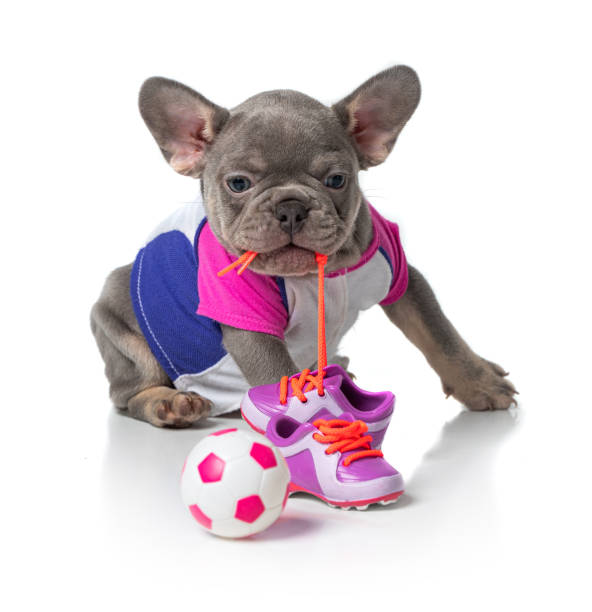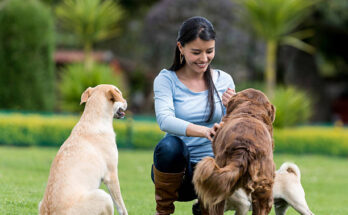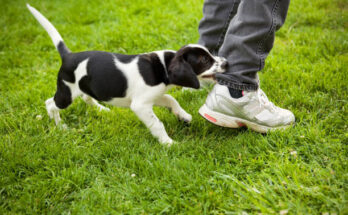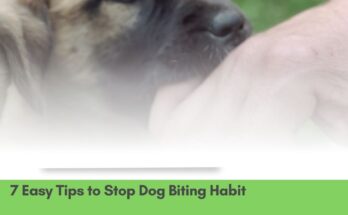House training a puppy can seem like a daunting task, especially if you’re a first-time pet parent.
Over the past 15 years of raising dogs, I’ve gone through this process several times, and I know firsthand how overwhelming it can be.
But don’t worry! With patience, consistency, and the right approach, you can successfully house train your puppy and keep your home accident-free.
In this guide, I’ll share tried-and-true methods for housebreaking a puppy that I’ve found most effective.
Whether you’re dealing with your puppy’s first few days at home or trying to manage those inevitable accidents, these tips will help you through it.
How to House training a puppy in 5 days – Getting Started
One of the first steps in house training a puppy is setting up a routine. Puppies thrive on consistency, and having a structured puppy training schedule can make all the difference.
Start by taking your puppy outside to the designated potty area first thing in the morning, after meals, and before bedtime.
During the early days, it’s also important to take them out every couple of hours to prevent accidents inside.
For those of you living in apartments, house training a puppy in an apartment requires a bit more planning.
If you don’t have immediate access to a yard, you might need to use puppy pads or even designate a spot on a balcony or patio. Remember, consistency is key no matter your living situation.
Turn Your Dog into a Genius – watch Video
Best Methods for House training a puppy in 5 days
Crate Training for Puppies
One of the best methods I’ve used for housebreaking a puppy is crate training. A crate can serve as a safe, comfortable space for your puppy while also helping with house training.
Dogs naturally avoid soiling their sleeping area, so a properly sized crate can encourage them to hold it until you take them outside.
When crate training for puppies, make sure the crate isn’t too large—just enough space for your puppy to stand up, turn around, and lie down.
Gradually increase the time your puppy spends in the crate, always ensuring they have had a chance to relieve themselves before being crated.
Positive Reinforcement Puppy Training
Positive reinforcement is another essential aspect of house training.
When your puppy successfully goes potty outside, reward them with praise, treats, or playtime.
Positive reinforcement puppy training helps your dog associate good behavior with rewards, making them more likely to repeat it.
Avoid scolding your puppy for accidents inside the house, as this can create anxiety and hinder progress. Instead, focus on rewarding good behavior to reinforce the habit of going outside.
How to Stop Puppy Accidents in the House
Accidents are inevitable during the house training process, but how you handle them can impact your puppy’s progress.
When an accident happens, clean it up promptly using an enzyme-based cleaner to remove the scent.
Puppies have a strong sense of smell, and if they can detect the scent of previous accidents, they’re more likely to go to the same spot again.
One mistake I see many new puppy owners make is not supervising their puppy closely enough.
If you can’t keep an eye on your puppy, it’s a good idea to use their crate or confine them to a puppy-proofed area.
This prevents accidents from happening when you’re not around to guide them.
House Puppy Training Tips for Beginners
As a dog owner of 15 years, I’ve learned that patience is your best friend when it comes to house training a puppy.
Puppies learn at different rates, and some may take a bit longer to get the hang of things.
It’s important to stay consistent with your training methods and remain patient, even during setbacks.
If you’re new to puppy training, start with these basics:
- Establish a routine and stick to it.
- Use positive reinforcement to encourage good behavior.
- Keep a close eye on your puppy, especially during the early days of house training.
Turn Your Dog into a Genius – watch Video
Common House Training Mistakes
Housebreaking a puppy isn’t without its challenges, and it’s easy to make mistakes along the way.
One common mistake is giving your puppy too much freedom too soon.
Until your puppy is fully house trained, it’s best to limit their access to certain areas of the house.
Gradually increase their freedom as they start to show they can hold it for longer periods and reliably go outside.
Another mistake is inconsistency. If you’re not sticking to a regular potty schedule, your puppy may become confused about when and where they’re supposed to go.
Being consistent with your routine helps set clear expectations for your puppy.
Quick Puppy Potty Training Tips
If you’re short on time and need some quick tips, here are a few that have helped me over the years:
- Timing is everything: Always take your puppy outside after eating, drinking, or waking up from a nap.
- Praise immediately: Reward your puppy as soon as they finish going potty outside, so they know what they’re being praised for.
- Stay patient: House training takes time, so be patient with your puppy and yourself.
Cleaning Up Puppy Accidents
No matter how vigilant you are, accidents will happen. When they do, it’s important to clean them up properly to prevent repeat offenses.
Use an enzyme cleaner to break down the proteins in the urine or feces, eliminating the scent completely.
Avoid using ammonia-based cleaners, as they can mimic the scent of urine and encourage your puppy to go in the same spot again.
Turn Your Dog into a Genius – watch Video
Final Thoughts on House training a puppy in 5 days
House training a puppy can be challenging, but with consistency, patience, and positive reinforcement, your puppy will learn where and when to go potty.
Establishing a routine, using crate training, and avoiding common mistakes will make the process smoother for both you and your puppy.
Every dog is different, so adjust your methods based on your puppy’s progress. Remember, house training is a journey, not a race.
With time and effort, you’ll have a well-trained dog who understands the rules of the house.






One Comment on “House training a puppy in 5 days – Tips from a 15-Year Dog Owner”